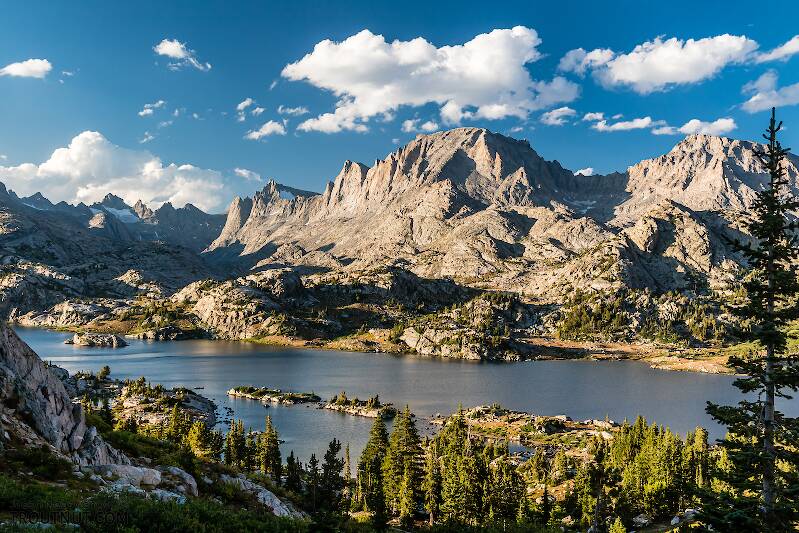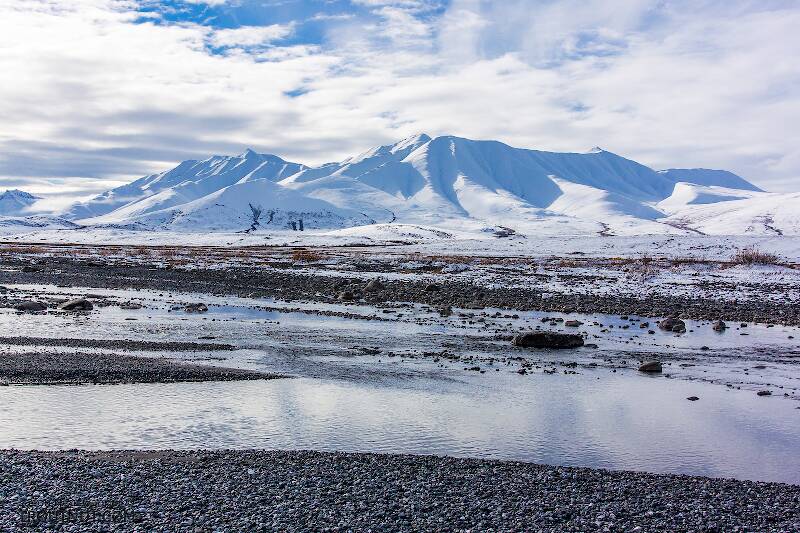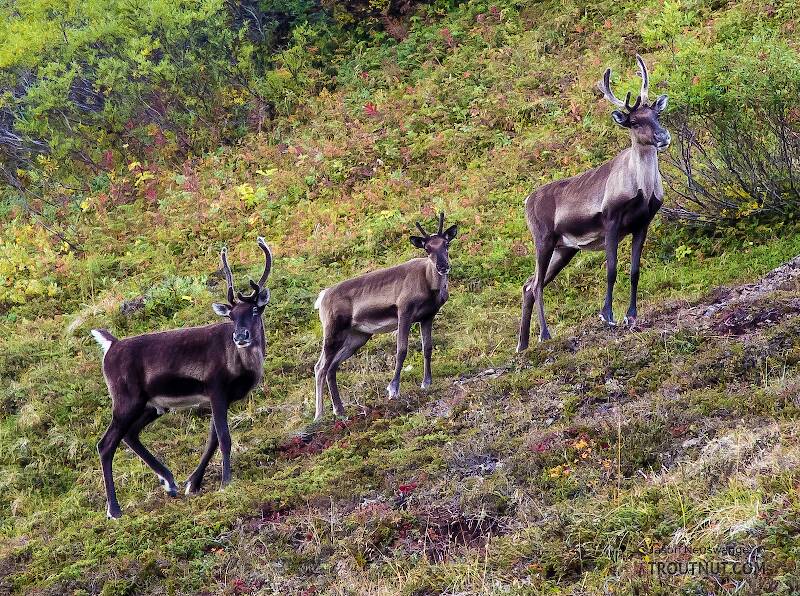In this new area, the general season only allowed for shooting 2-point bucks or smaller: it had to have at least one antler with no more than 2 points (except for the browtine), a regulation intended to allow harvest of yearling bucks and leave the older ones for a trophy-oriented draw hunt.
The landscape here was completely different than what I'd been hunting for the last several days, dominated by low rolling hills and mahogany rather than high mountains. A patchwork of roads ran all through the place, so there was no clear way to get away from other hunters except to hope they'd spread out.
At first light, I was glassing from a small knob that was the highest point around.
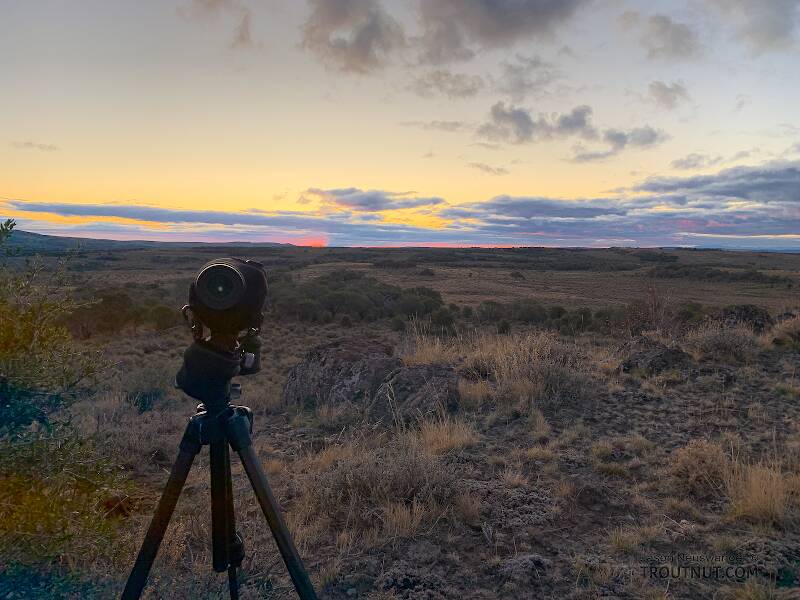
Before the sun rose, I had spotted a group of several deer with one small yearling buck, just 600 yards away. I would lose sight of them as I dropped off my glassing knob to move in, so I studied the layout of the trees and clearings in relation to the aerial photos on my phone, marked where I thought they were, and started a stalk.
I should have taken more time to get the location right, because I marked the deer in the wrong place on the map, and I wasted the first couple hours of daylight stalking the wrong spot. By the time I finally figured out where the deer had been and got there, they were gone.
I had a guess at where they might have gone, but I didn't want to just rush in there. Instead, I would circle around and check several other patches of cover where they might have gone, setting me up with the right wind direction to sneak in on the most likely place to find them.
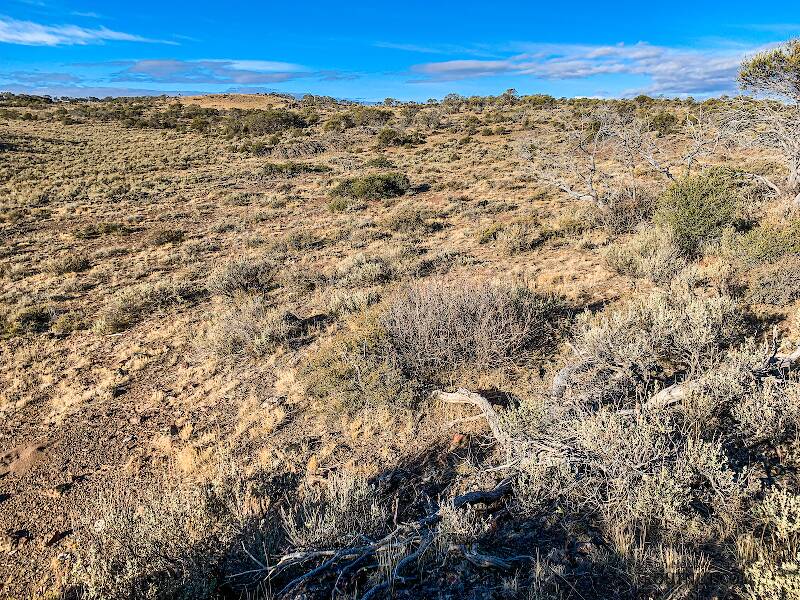
I completed the circle and was walking into the patch of timber most likely to hold the deer, wind in my face, when two guys from Boise in blue jeans and flannel shirts came traipsing out of the trees. "We just spooked a bunch of deer. They went that way."
Ugh.
I wasn't able to relocate them after that, so I hiked back to the glassing knob where I'd left my spotting scope. It was getting close to midday and I didn't expect to see anything, yet a lone mule deer quickly appeared in my binos. I couldn't see the antlers well against the background, but its white face screamed "mature buck." The spotting scope confirmed the best I could hope for--a large 2x2, legal to harvest! It was only about 400 yards away, on a different ridge, in a perfect position for me to close the distance without being seen. It seemed fate might finally be giving me a great opportunity after so many close calls and a morning of frustration.
I had perfect wind and concealment to arrive at a view of where the deer was, within easy rifle range:
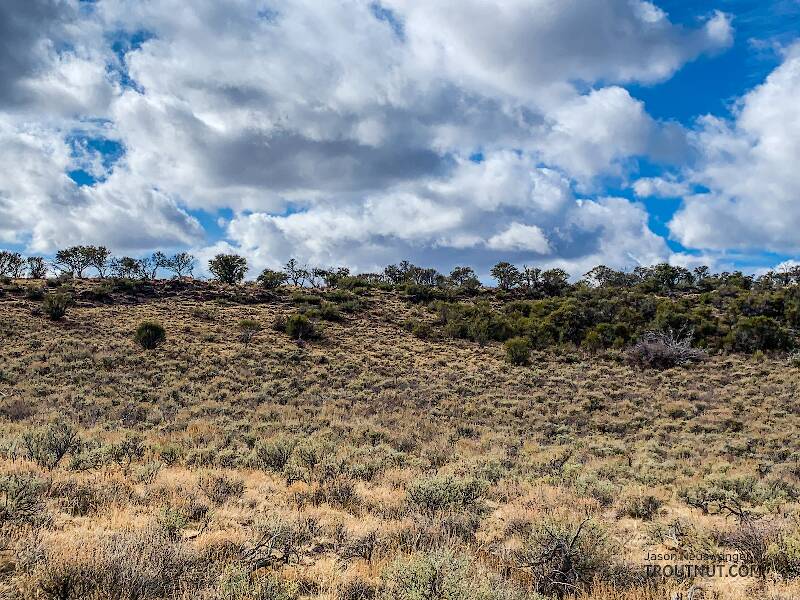
But the buck was gone. Now I faced a tough decision. When I last saw him, he was feeding in a direction that might have taken him over the ridge and out of my view. But there was a thick grove of mahogany where he might have bedded, too. Should I press on and look for where he went, or hope he's bedded in that grove and wait for him to come out?
I pressed on, circling around slowly and through as much cover as possible, glassing hard toward the area he might be bedded while positioning myself to find him if he'd moved. He suddenly jumped up from a bed right where I expected (but hadn't seen him), completely spooked and stotting away from me at full speed. I had him in my crosshairs at under 200 yards, but I don't shoot at running deer.
If only I had waited him out! He had no route to leave that bed without me having an easy shot at him. I'd have had him if I'd simply sat still in the spot where I took the picture above until he moved.
Attempts to relocate him predictably failed, and this disheartening incident just added insult to injury after hunt full of near misses. I made a few more half-hearted attempts to find deer over the next day or so, but without any luck.
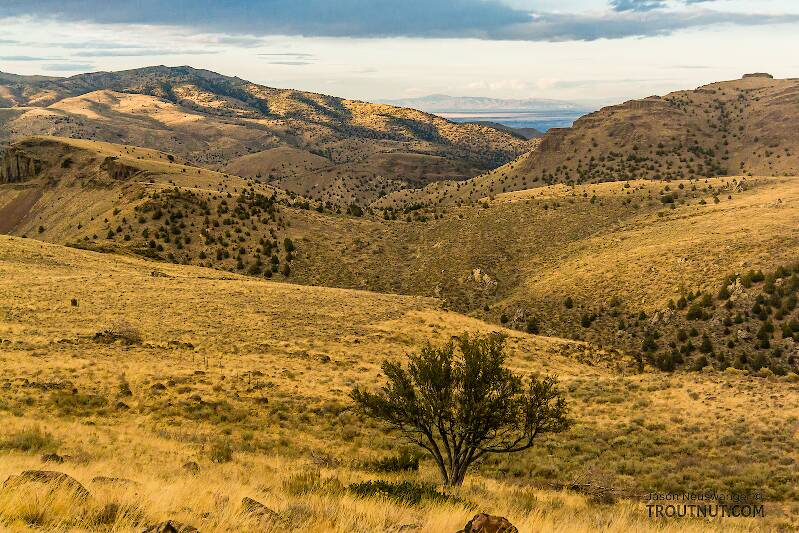
Bad weather was blowing in, too.
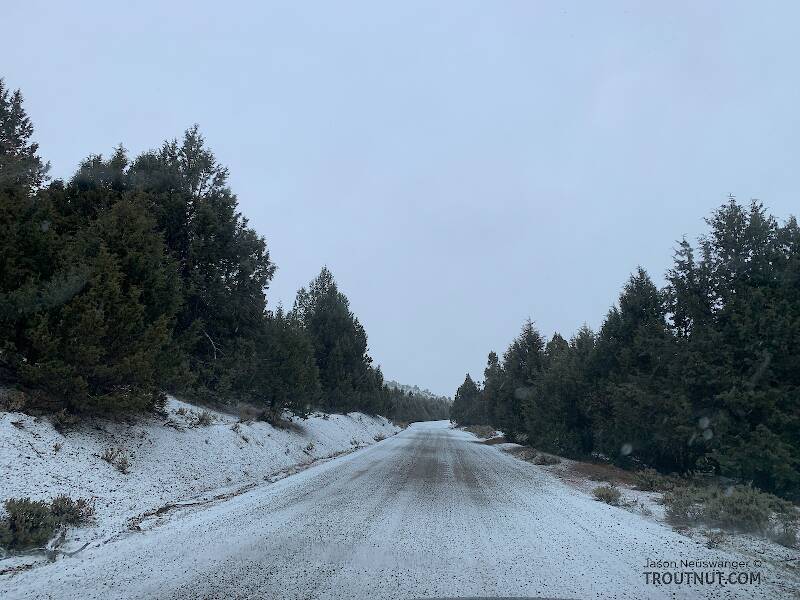
At least the views were good on the drive home.
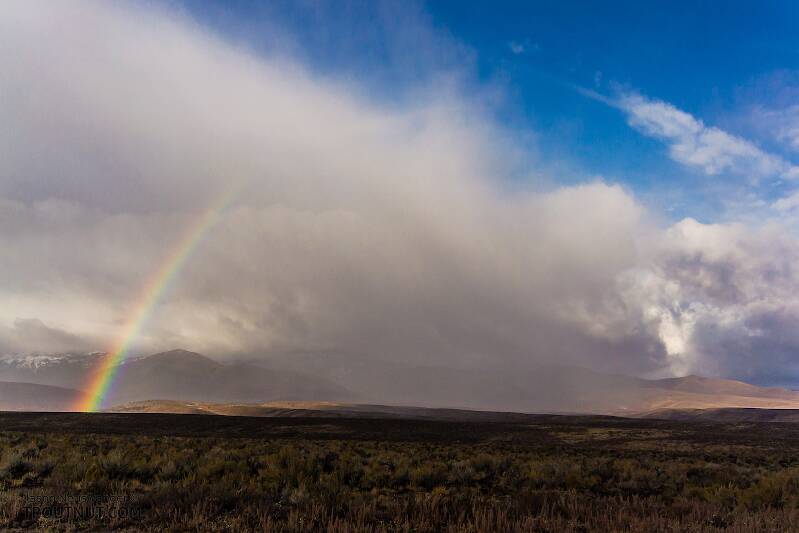
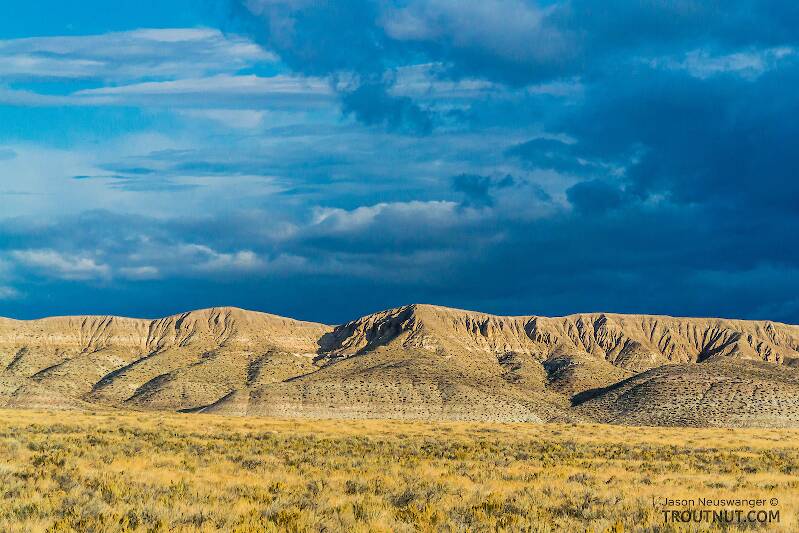
This hunt was a major learning experience. I screwed up on deer I could possibly have shot:
- Once by assuming it had bedded, when it hadn't.
- Twice by assuming it hadn't bedded, when it had.
- Once by assuming it was a doe, spooking it, and seeing small antlers.
- Once by taking the longer, sneaker approach and giving it time to disappear.
Hopefully I'll be able to make better decisions next year, although sometimes it's just not obvious what to do, and I think I just randomly zigged when I should have zagged way too many times. I'm hunting Idaho again in 2020, and this time I have a much better sense of the options, the kind of research I need to do beforehand (online and off), and the number of plans I should start with so I don't end up spending precious hunting time on my laptop looking for new ideas.


